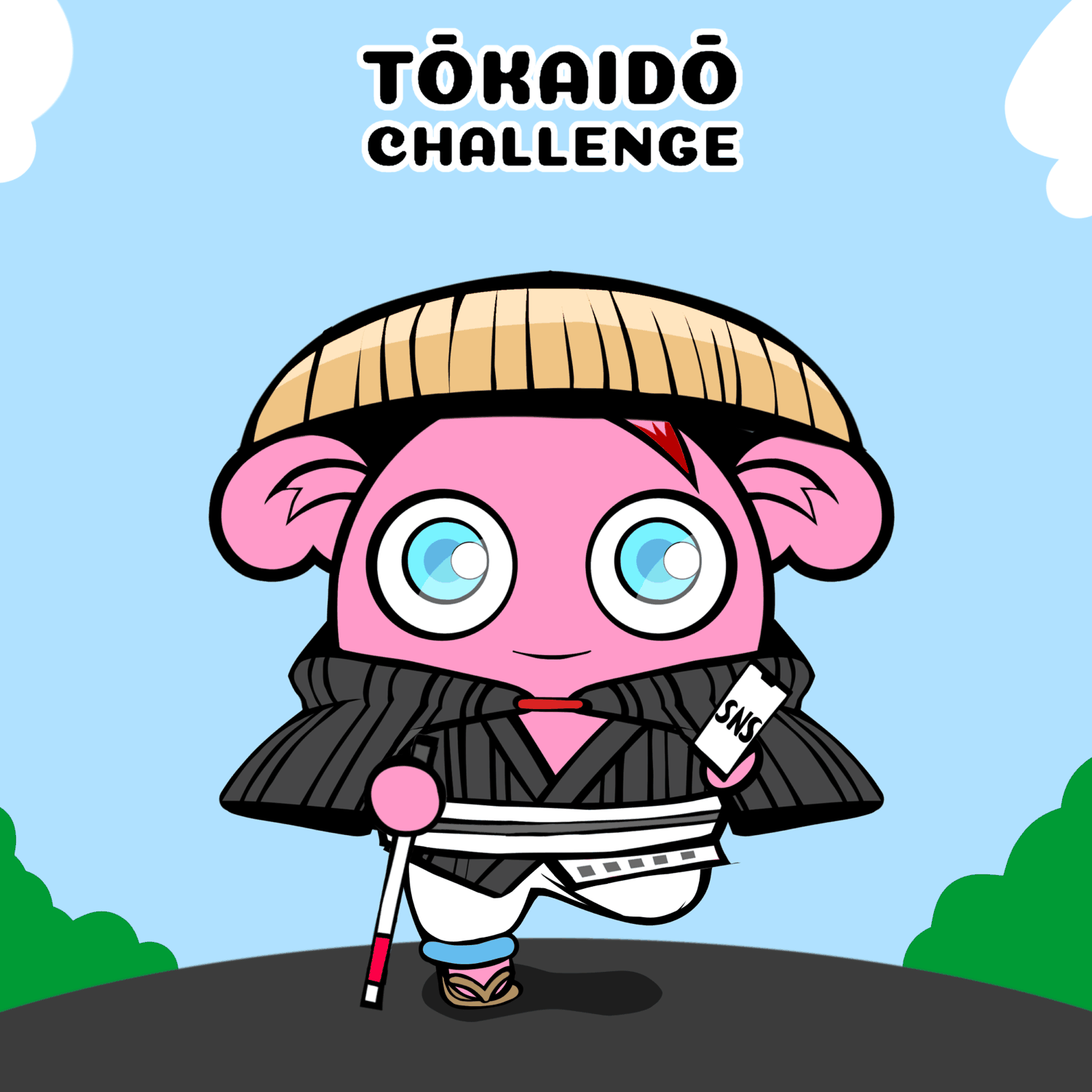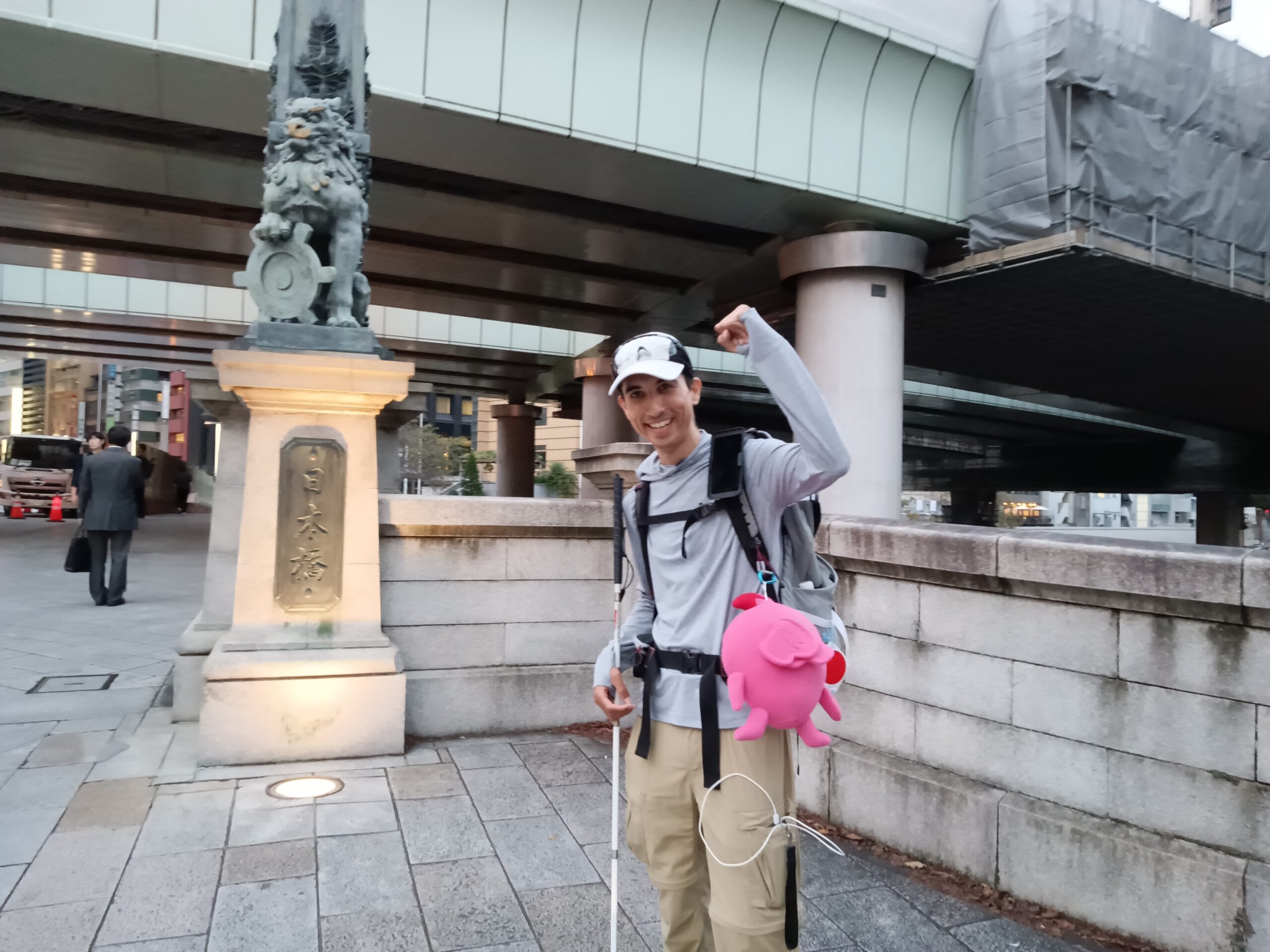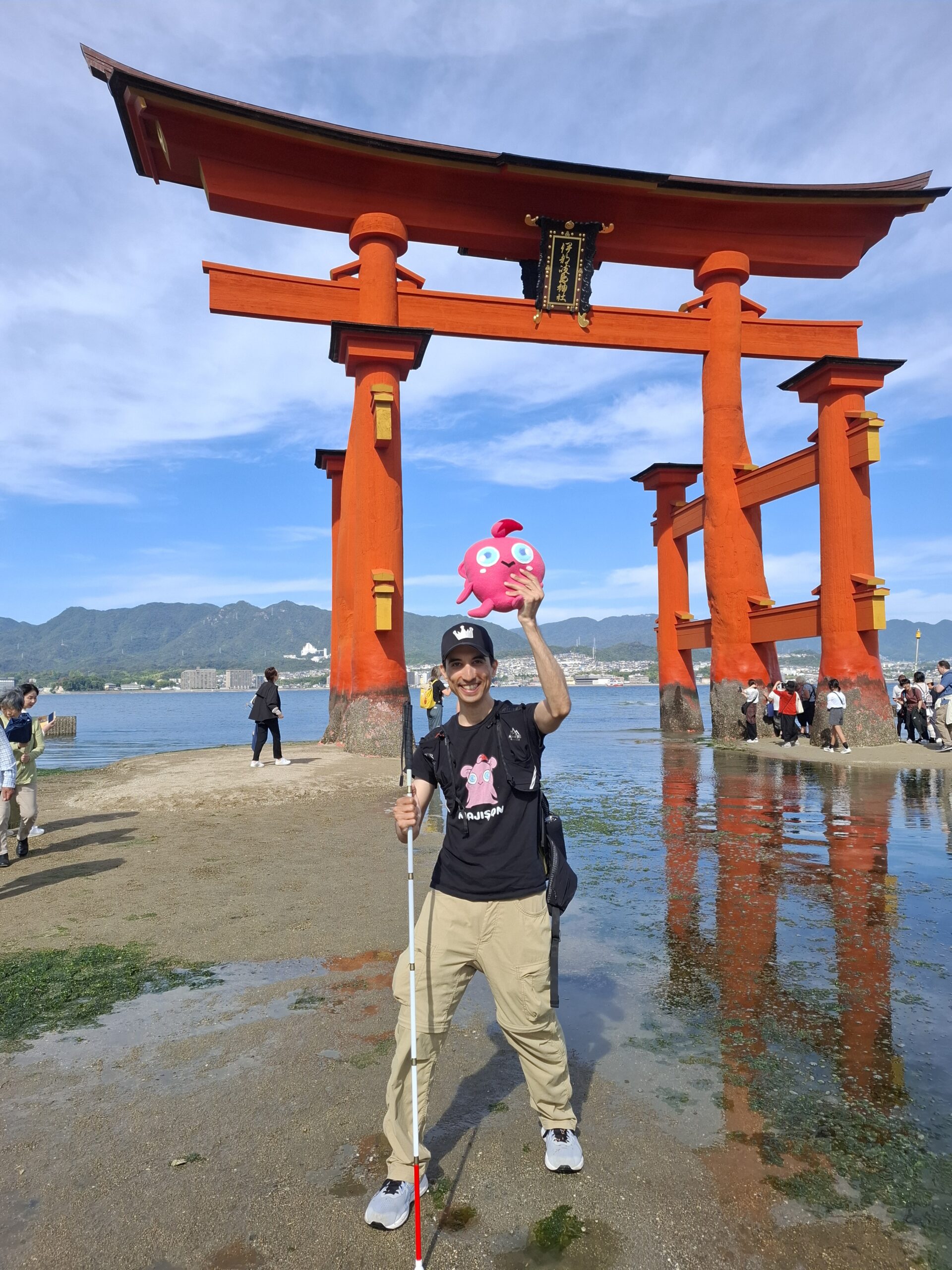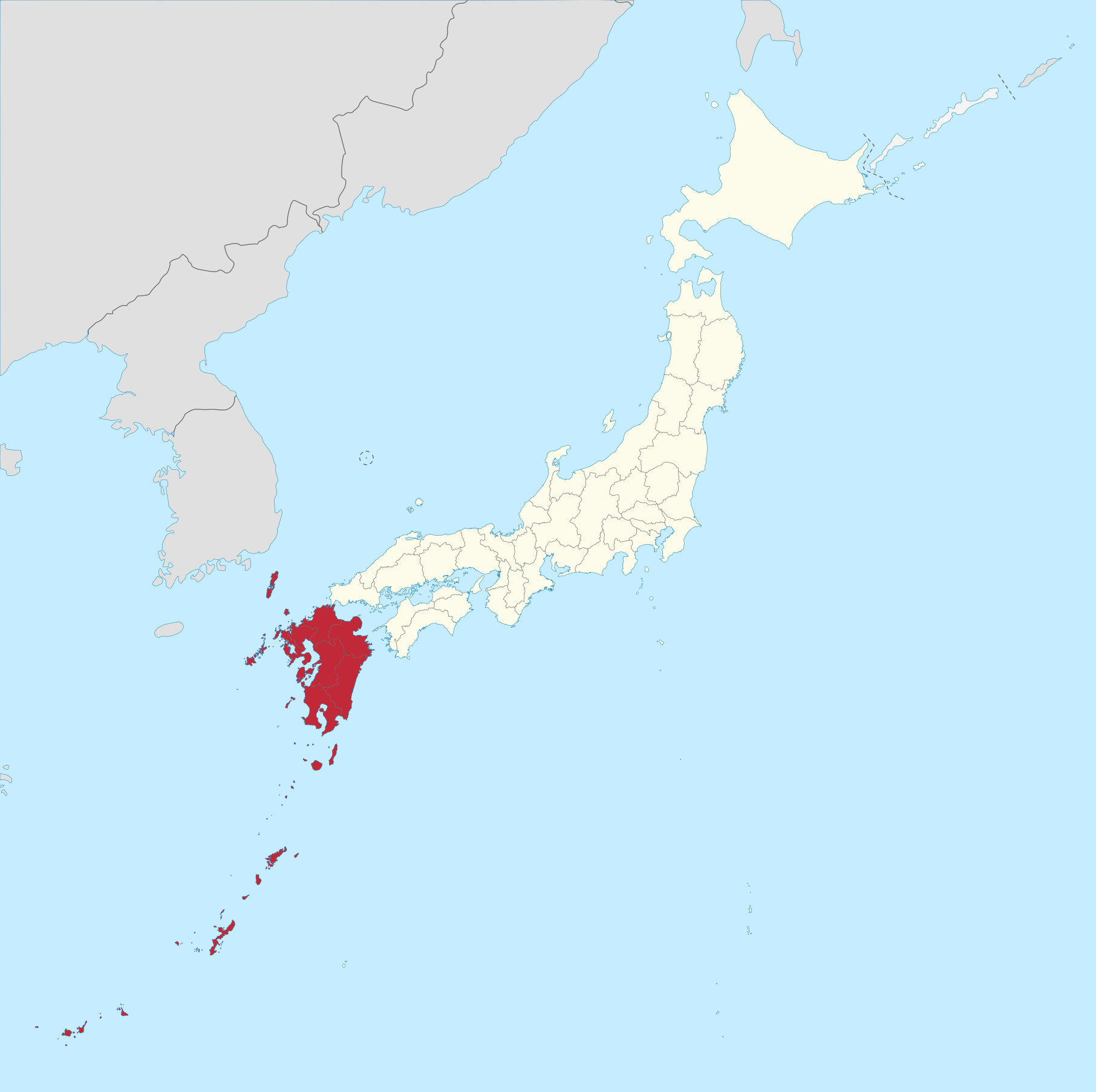Blind Japan Project
Blind Japan Project
I’m on a mission to walk across as much of Japan as possible and show what it is like to do so as someone who is legally blind. By documenting my travels across Japan, I am trying to raise awareness of the blind and visually impaired community, as well as inspire people around the world to pursue their goals.
As of October 2024 I have walked approximately 900 km (550 miles) across Japan. I am planning to continue the journey in 2025 with another 400-500 km walk in Japan. I am currently looking for sponsors. See below for more details.



Days Walked
Traveled
Steps
About
What is the Blind Japan Project
The Blind Japan Project is my way of using my passion for Japan to raise awareness and foster understanding of those who are blind/visually impaired. Through the Blind Japan Project I do long-distance solo walks across Japan using little more than my white cane, Google Maps, and the help of people I encounter along the way. I document these journeys through social media posts and YouTube videos. In doing so, I show the world what it is like being someone with a visual impairment and how I overcome the many challenges that present themselves while walking across Japan.
To date I have done two long-distance walks: the Tokaido Challenge and the Miyajima Challenge. Combined these two walks span a distance of about 900 km (550 miles) between Nihonbashi Bridge in Tokyo and the city of Iwakuni in western Japan.
In 2025 I am planning to do another 400-500 km walk which will take me from Iwakuni to the southern island of Kyushu. I will need sponsors to make this happen, so if you would like to support, please hit the button below and reach out!

Over the course of two long-distance walked Tony R. Vega has walked approximately 900km across Japan. The map above shows an approximation of the course he has walked thsu far.aaa
CHALLENGES
, I generally am unable to see text on street signs, detailed maps, and landmarks. As a result, I have had to face a long list of challenges while walking across Japan. Some of these include:
- Problematic Directions: Due to my limited eyesight, I am forced to heavily rely on Google Maps for navigation. However, Google Maps regularly provides problematic walking directions that take me down roads not suited for pedestrians. As a result of this I have found myself in many unsafe situations. Problems with navigation software have also resulted in getting lost on an almost daily basis thus forcing me to waste time and walk far more than necessary.
- Rural Areas: Most of the areas I walk through are quite rural. Walking through these areas is particularly challenging since there are less people and shops. Further due to the prevalence of open gutters, steep falls with no guardrails on the sides of roads, mountains, tunnels, open irrigation canals, and other obstacles I have to be extremely careful when walking through rural areas.
- Shopping: Due to being unable to text on menus and product labels, going to restaurants and convenience stores always comes with difficulties.
- Inclimate Weather: During my walks I have had to deal with high temperatures, temperature swings, and heavy rain.
Despite these challenges and others I have been able to complete both of the walks I have undertaken. I did this by using my white cane, relying on my knowledge of Japan, research, using navigation apps to the best of my ability, and relying on the assistance of both passersby and people on social media.
GOALS
- To raise awareness and foster understanding of those who are blind/visually impaired
- To show that everyone–including those with visual impairments–is capable of achieving incredible things as long as they are given the opportunity
- To show the power of persistence
- To produce engaging content that educates, entertains, and inspires
- To explore and showcase Japan in a unique way
IMPACT
- Related social media posts have received 100,000s of impressions
- Reached 10,000s of people around the world across X, Instagram, YouTube, podcasts, print media, and real world interactions
- Educated countless people about the purpose of the white cane and how visual impairments can range from mild vision loss to total blindness
- Received media coverage in both English and Japanese-language media
I did it
— Tony R. Vega | JapanKyo.com (@JapanKyoNews) October 19, 2023
I arrived in Nihonbashi today
25 days walking (started in Kyoto ended in Tokyo)
4 days off
Got lost countless times because I am legally blind
Used a white cane, google maps, my knowledge of #japan and the help of people across Japan
Thank you so much everyone https://t.co/HzkqxqW8HW
👨🦯I DID IT!🎉
— Tony R. Vega | トニー・R・ベガ (@TheVegaTony) October 25, 2024
I walked 900 km across #Japan
20 years ago when I lost most of my eyesight I never could have imagined that I would be able to walk across Japan
I thought my life was over
But after 45 days of walking and many many challenges today I achieved my goal of walking… pic.twitter.com/ckv0Xrur5D



Tokaido Challenge
Tokaido Challenge
The Tokaido Challenge was my first long-distance walk. The route was based on the Old Tokaido, a historic road that connects the ancient capital of Kyoto to Tokyo.
- Start: Sanjō Ōhashi, Kyoto 09/20/23
- End: Nihongachi, Tokyo 10/19/23
- Days Walked: 25
- Distance: Approximately 500 km
- Omitted areas (due to safety concerns): Suzuka Mountain Pass, Satta Mountain Pass, Western Portion of Hakone
- Tokaido Challenge Video Series YouTube Playlist
Sponsors
- Main Sponsor
- Hawaii Association of the Blind $5,000 (Website)
- Ichizo Kobayashi $500

Tony R. Vega at Nihonbashi, Tokyo
Miyajima Challenge
Miyajima Challenge
The Miyajima Challenge was a roughly 400 km walk that took me from Sanjō Ōhashi bridge in Kyoto to Iwakuni Station in Yamaguchi Prefecture. The goal was the famous torii gate on the island of Miyajima in Hiroshima Prefecture, however due to having an extra day in HIroshima after reaching Miyajima, I walked an additional 20 km and reached Iwakuni Station in Yamaguchi Prefecture.
- Start: Sanjō Ōhashi, Kyoto 10/02/24
- End: Iwakuni Station, Yamaguchi 10/26/24
- Distance: Approximately 400 km
- Days Walked: 22
- Omitted around 20-30 km in eat Hiroshima due to safety concerns
Sponsors

Tony R. Vega at the
Famous Torii Gate ON
Miyajima
Kyushu Challenge
Kyūshū Challenge
Set to start on September 29, 2025 the Kyushu Challenge will cover another 500+ km. The course will pick up where the Miyajima Challenge ended (Iwakuni, Yamaguchi Prefecture). It will cover all of Yamaguchi Prefecture, and then traverse the island of Kyūshū from north to south before ending at Kagoshima City.
Like the previous challenges, the journey will be documented on X and Instagram.
The $5.000 necessary to cover expenses has been raised thanks to the sponsors below.
Sponsors

The Kyushu Region
SPONSORS NEEDED
If you would like to support the Blind Japan Project, please reach out via the form below or email me directly mail@tonyrvega.com.
Sponsors get mentioned in marketing material and edited content produced such as podcasts and videos. If you have any ideas for how e can work together, do not hesitate to contact me.
Also I am looking for media coverage and opportunities where I can speak about the Blind Japan Project. If you have any ideas or would like to help me reach more people, please get in touch.

Watch on YouTube
Here is a selection of videos focusing on the Blind Japan Project. More to come.